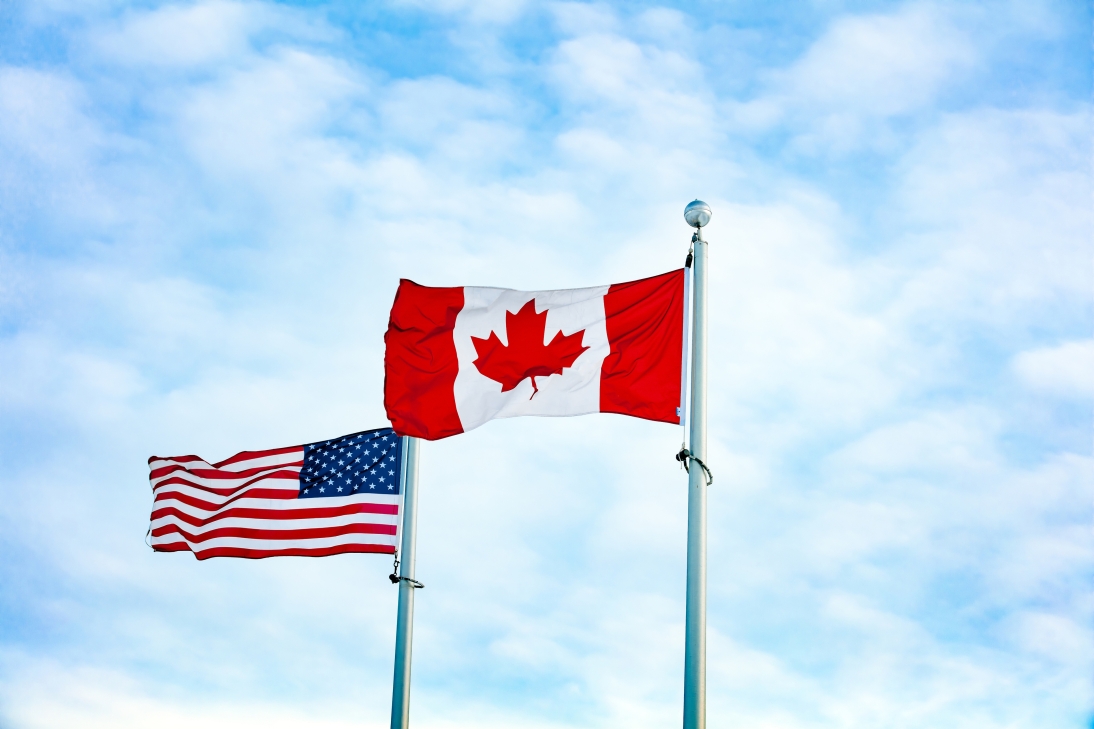Sharing the largest international border in the world, the US and Canada have had a congenial relationship for over 200 years. Much of this positive relationship is due to the abundance of resources and manufacturing on both sides of the border. Canada is rich in natural resources like wood and oil, and also has a large manufacturing industry, importing billions of dollars of product into the US each year. The US accounts for 93% of Canada’s vehicle imports, and 91% of plastic imports. In 2022, Canada exported $481.2 billion in goods to the US, over $50 billion more than the US exported back. Both sides serve crucial roles in the health of each other’s economy, and trade has continued to take the top spot on the agendas of government officials.
Newly re-elected president Donald Trump has put Canada at the forefront of his policy in his first days of office. His motivations are simple: Trump wants to compel Canada to become the 51st state in the union while fixing the immigration problem. Just over two months ago, Donald Trump expressed to the public his interest in the annexation of Canada as the newest state of the union. This statement was not received well, as Americans believed he was in over his head and Canadians simply said no way. The public is firmly opposed to this move, but that hasn’t stopped president Trump from using his means to pursue it. His strategy? A trade war.
Trump has implemented a 25% additional tariff on imports from Canada and Mexico. According to the White House, these tariffs have been instituted to hold these countries accountable for illegal immigration and to stop the illegal flow of drugs like fentanyl into the country. Trump believes he can use these tariffs as leverage to take the first step towards the annexation of Canada. Since trade accounts for 67% of Canada’s GDP, and the US is a huge trading partner for them, these tariffs will work to pressure Canadian officials. It simply becomes a question as to what their breaking point is.
Trump has broken first. As of Tuesday, February 4th, Trump has folded under the pressure to pause tariffs on Mexico and Canada. With his statement that Americans will feel “some pain,” this pain has been felt immediately in the US as the stock market has felt the effects of these tariffs, with major Wall Street indexes showing sharp, immediate declines. His tariffs have not been a fruitless venture, however, as Mexican president Claudia Sheinbaum agreed to deploy 10,000 members of the Mexican national guard to the border, while Canadian Prime Minister Justin Trudeau agreed to implement a $1.3 billion border plan.
Trump’s decisive actions with the neighbors up north and down south in his early presidency align with his goal to put American’s safety and national security first. However, the tariffs, sanctions, and embargos Trump plans to use to suffocate Canada and Mexico into coercion are slowly deteriorating their relationships and the reputation of Trump internationally. Trump’s tariffs and their halting are just the first steps in his greater plan for US supremacy and order. He will continue to use his economic and policy tools to compel nations to abide by his standards, and his quest for the annexation of Canada and the securing of the US border is just in its infancy.
